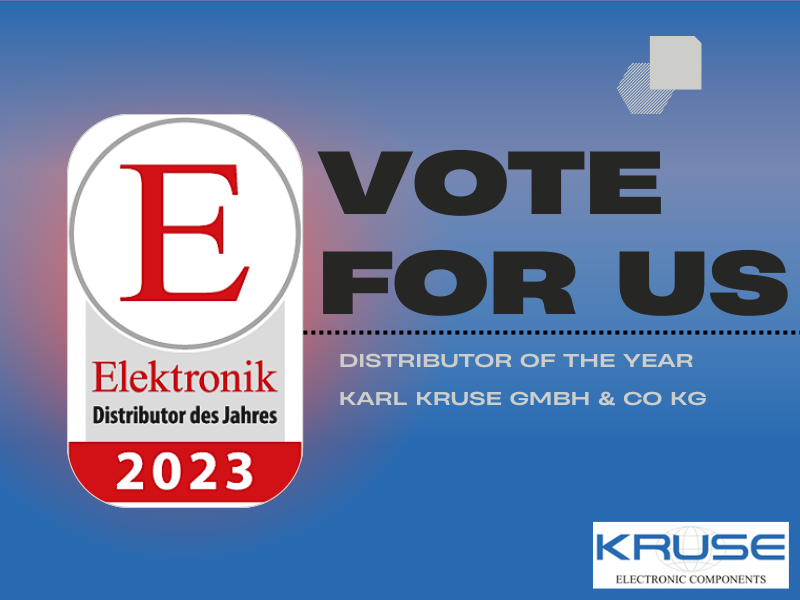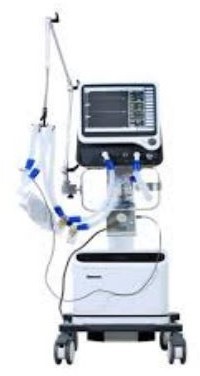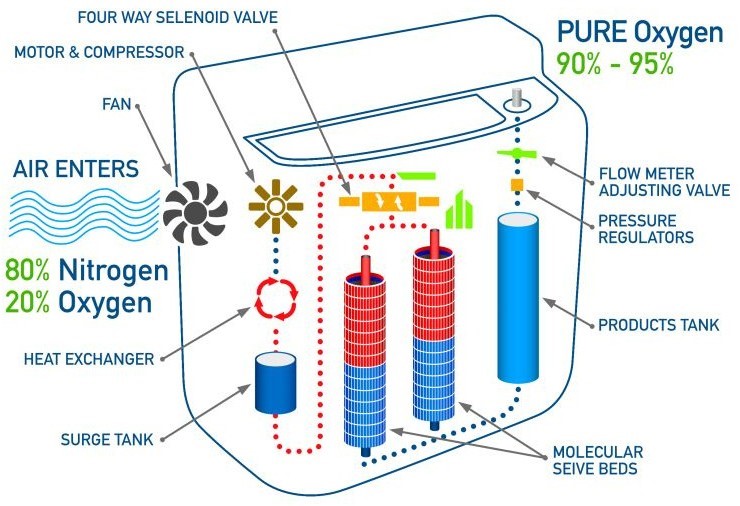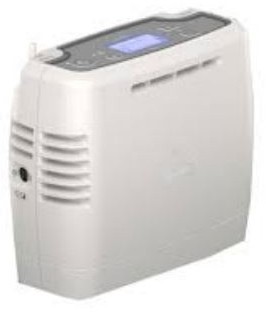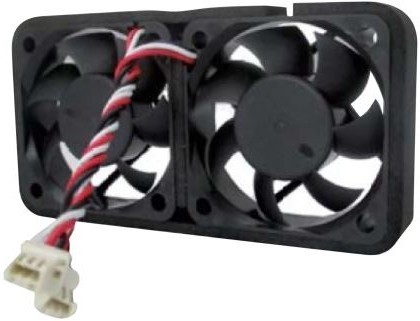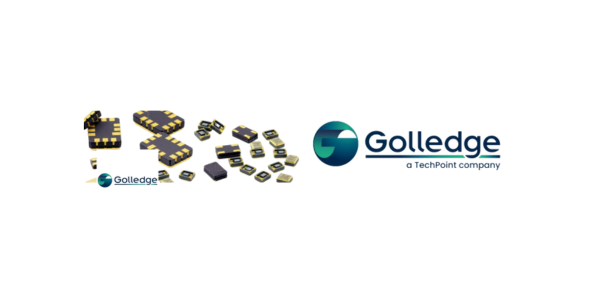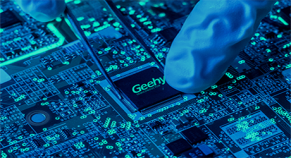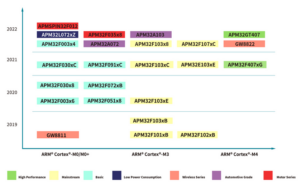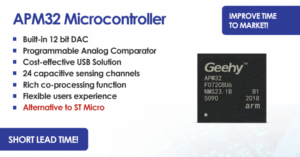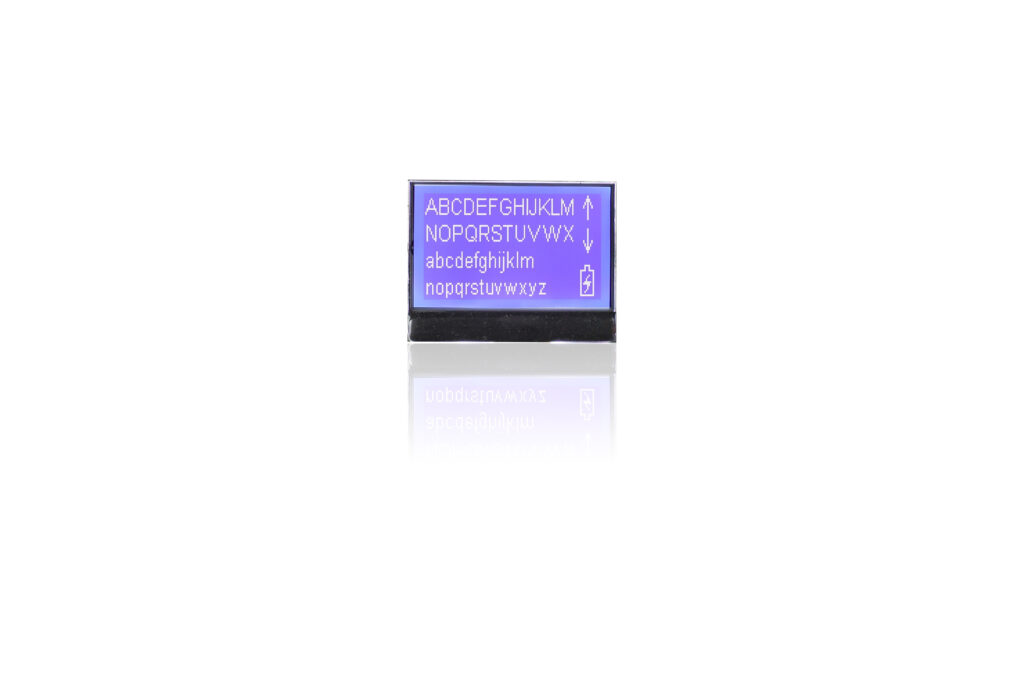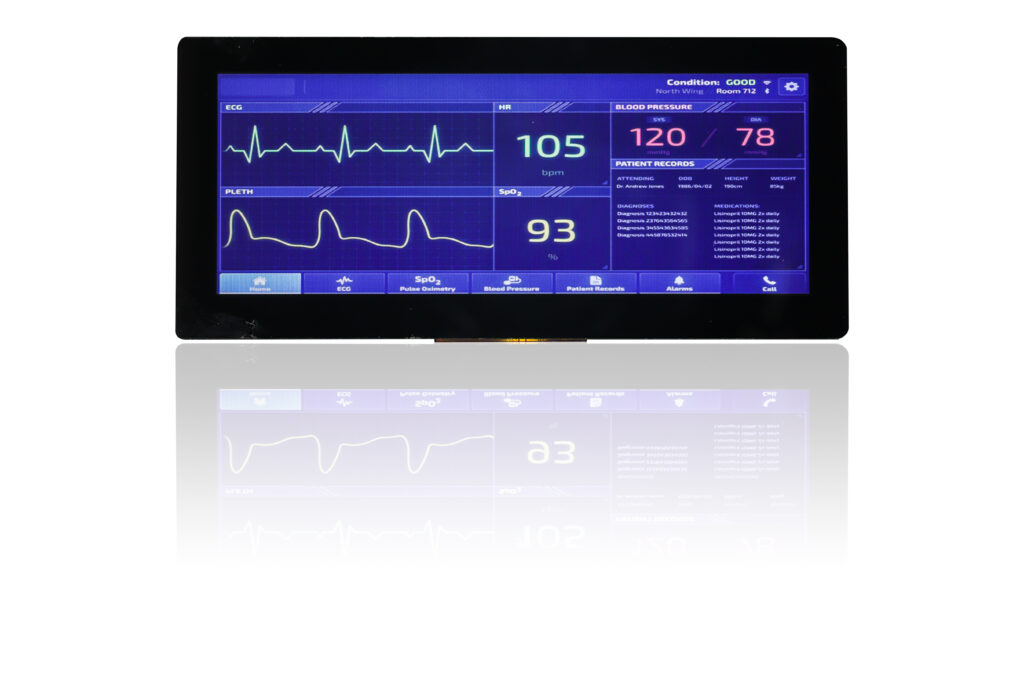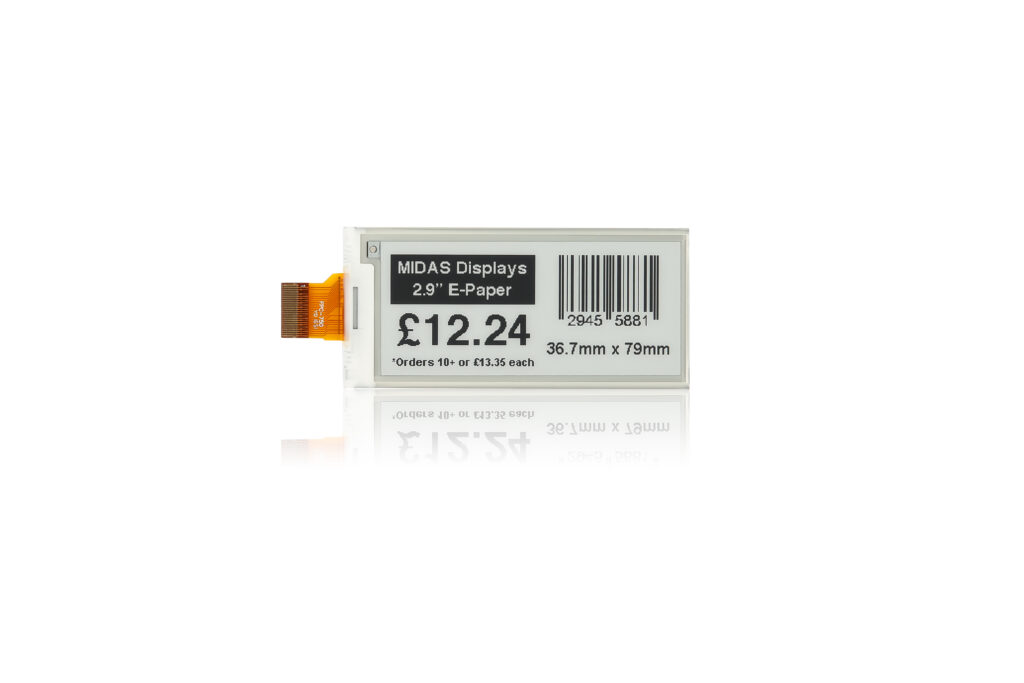Piezoelectricity is a property of certain materials that means they generate electricity when subjected to mechanical stress. Piezoelectricity is most commonly seen in ceramics, but it’s also present in some types of glass and crystals. The most common application for piezoelectricity is generating electricity from sound waves—you may have heard about how some people use piezoelectric plates under their feet (or elsewhere) to charge up devices like smartphones or digital cameras while they are exercising. There are many other uses for this technology as well!
Piezo elements are used in everything from washing machines to musical instruments.
Piezo elements are used in everything from washing machines to musical instruments. Piezoelectricity is the ability of certain materials to generate an electrical charge when they are subjected to mechanical stress, such as pressure or bending. Piezo elements are made of ceramic, glass or other materials that expand when they’re subjected to an electrical current.
The piezoelectric effect was discovered by Jacques and Pierre Curie in 1880; they found that certain crystals could produce electricity when mechanically stressed or compressed at room temperature. These crystals were also found to reverse this process: applying a voltage across them could cause them to bend or shrink in size–a property known as pyroelectricity (pyro meaning “heat”).
Piezo elements are made of ceramic, glass or other materials that expand when they’re subjected to an electrical current.
Piezo elements are made of ceramic, glass or other materials that expand when they’re subjected to an electrical current. The material is usually a piezoelectric ceramic (such as lead zirconate titanate). Piezo elements can be used to trigger sound effects in musical instruments and toys, as well as control the speed of motors and fans.
They can generate a large amount of force from a small amount of energy, which makes them useful in many devices.
Piezoelectric elements are produced by applying pressure to a piezoelectric material. When you press on a piezo element, it creates an electrical charge that can be used to power other devices. These elements have many applications and can be found in everyday devices like digital cameras and cell phones, as well as musical instruments like guitars and pianos.
A piezoelectric generator converts mechanical energy into electricity, and vice versa.
A piezoelectric generator converts mechanical energy into electricity, and vice versa.
Piezoelectricity is the generation of electric charge when mechanical stress is applied to certain crystals. Piezoelectric generators use a mechanical force to create an electrical current, and vice versa. They are used in many devices, including ultrasound machines and electric guitars.
For example, if you put pressure on the material it expands, creating voltage changes in the ceramic material inside, which causes an electrical charge to be generated. The reverse is also true; if there is a voltage change on the material itself, it will cause the material to bend or vibrate at a faster rate – this creates mechanical energy as well as producing small voltages and currents through piezoelectricity.
Piezoelectricity is the conversion of mechanical energy into electrical energy and vice versa. A piezoelectric generator is used in many devices, including watches, computers and mobile phones. When you press a button on your phone or type on the keyboard, piezoelectric crystals generate an electrical charge that powers up the device’s processor.
In other words: when you put pressure on something (like squeezing) it expands – creating voltage changes in the ceramic material inside which causes an electrical charge to be generated; reversely when there is a change in voltage on this material itself it will cause bending or vibrating at a faster rate – this creates mechanical energy as well as producing small voltages and currents through piezoelectricity
Piezoelectricity is responsible for converting mechanical energy into electricity and vice versa
Piezoelectricity is responsible for converting mechanical energy into electricity and vice versa. It’s a phenomenon observed in certain materials, including ceramics, glasses and polymers. When you apply a mechanical stress on these materials (such as applying pressure or flexing the material), they produce an electric field that can be used to generate power. This phenomenon can be used in many different applications ranging from washing machines to musical instruments!
In order for piezo element to work properly, there must be two types of polarization: positive and negative polarizations within each molecule of material being used for making your piezo element. When you apply an electrical current across these polarized molecules they will expand outwardly due to their natural tendency towards arranging themselves parallel with each other when exposed to heat or pressure; this causes them to expand outwardly at high speeds which generates vibrations similar those found in earthquakes – hence why these devices are sometimes referred to as seismic sensors!
Conclusion
Piezoelectricity is a fascinating phenomenon that has many applications and implications for our world. From washing machines to musical instruments, piezo elements are everywhere!






